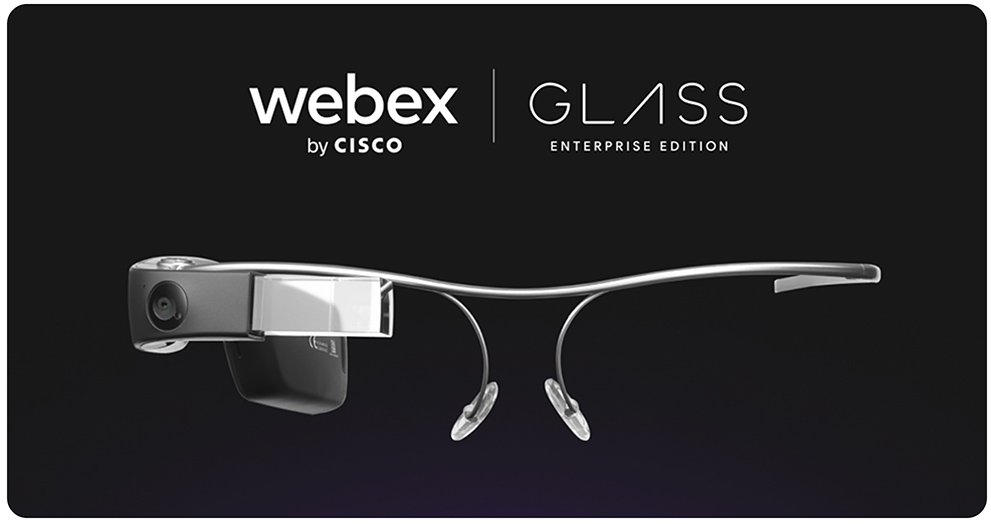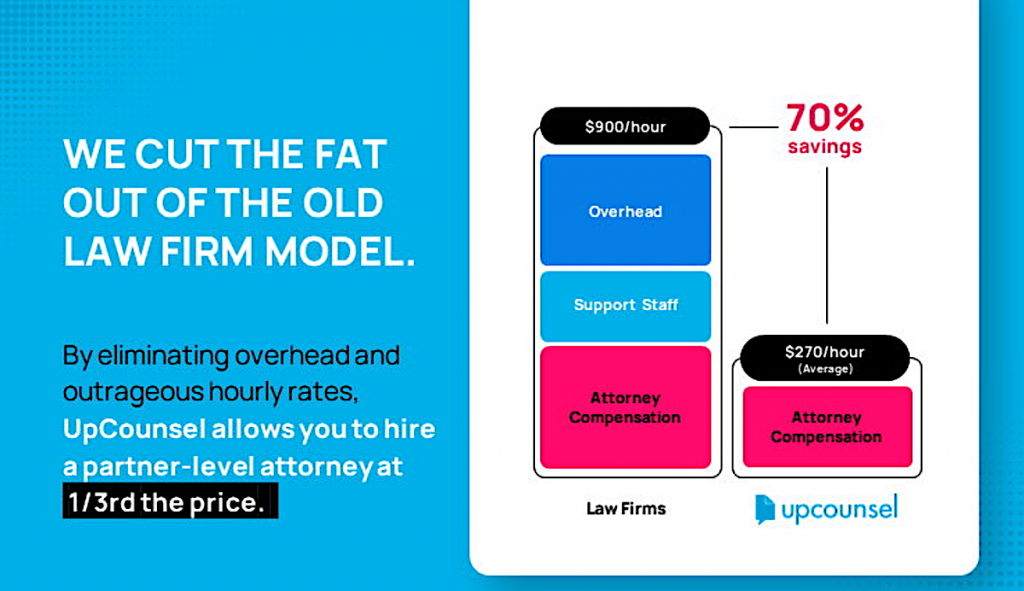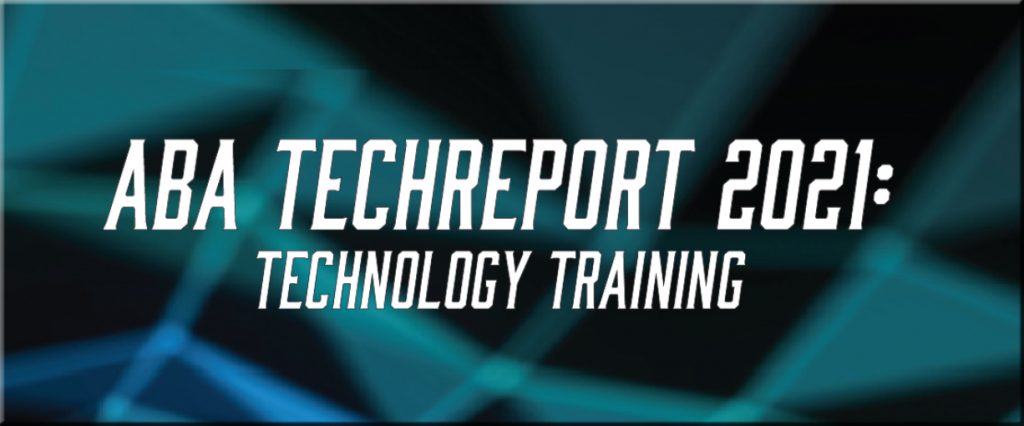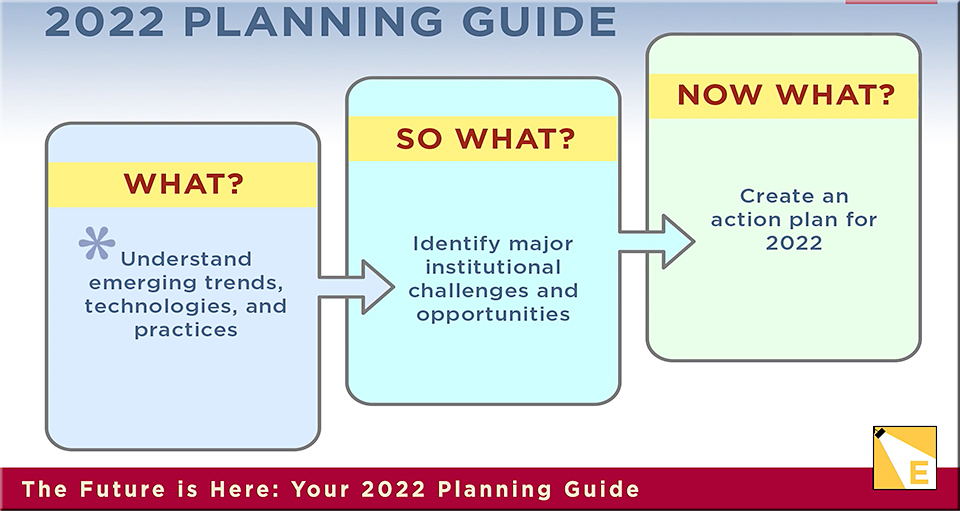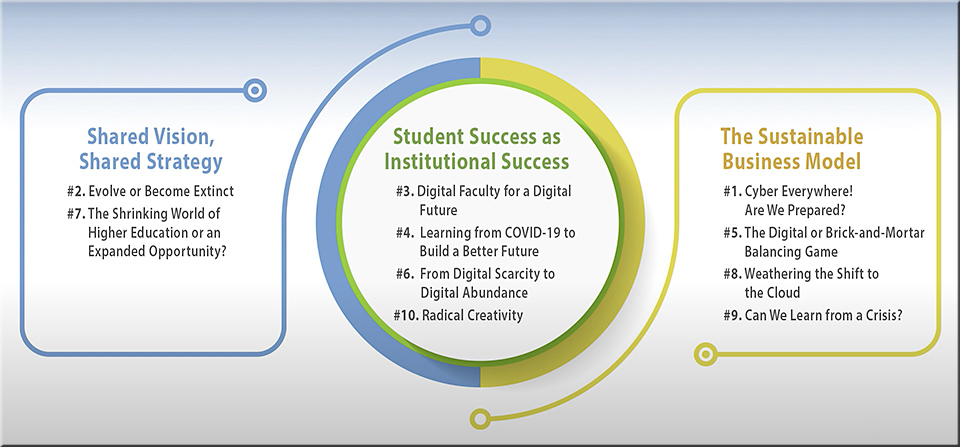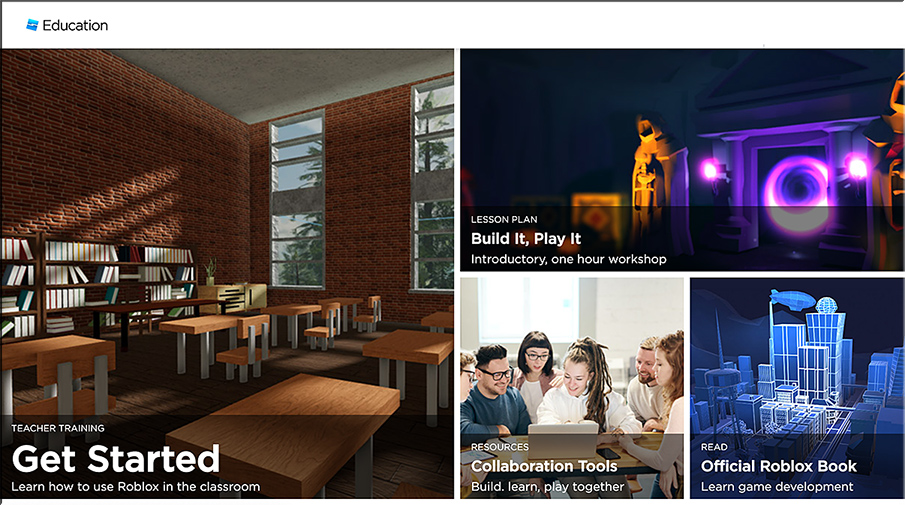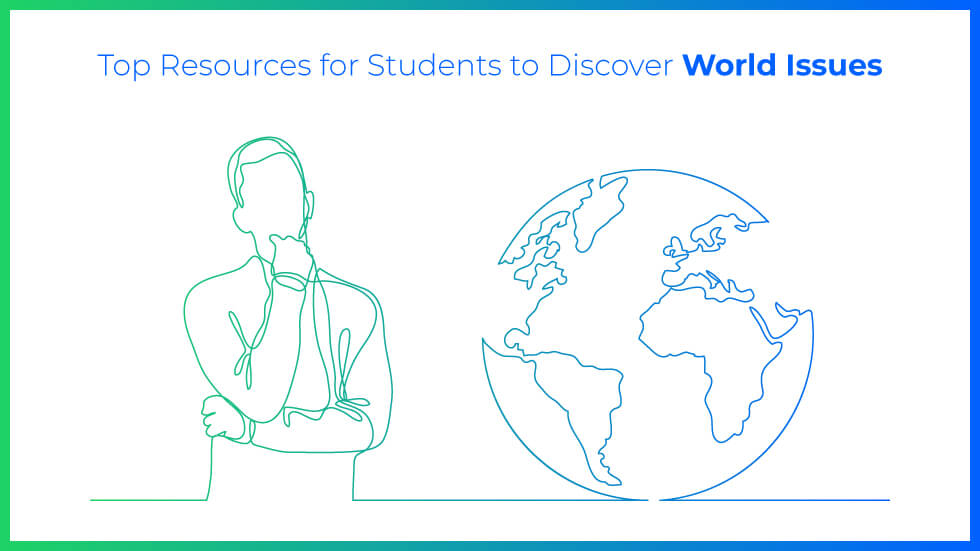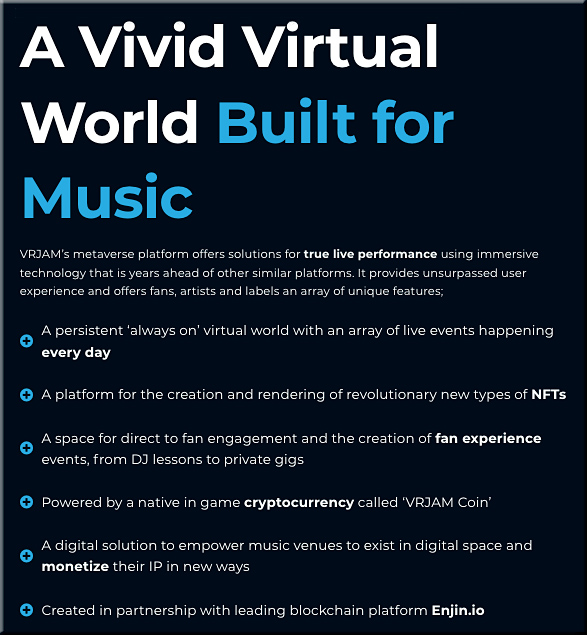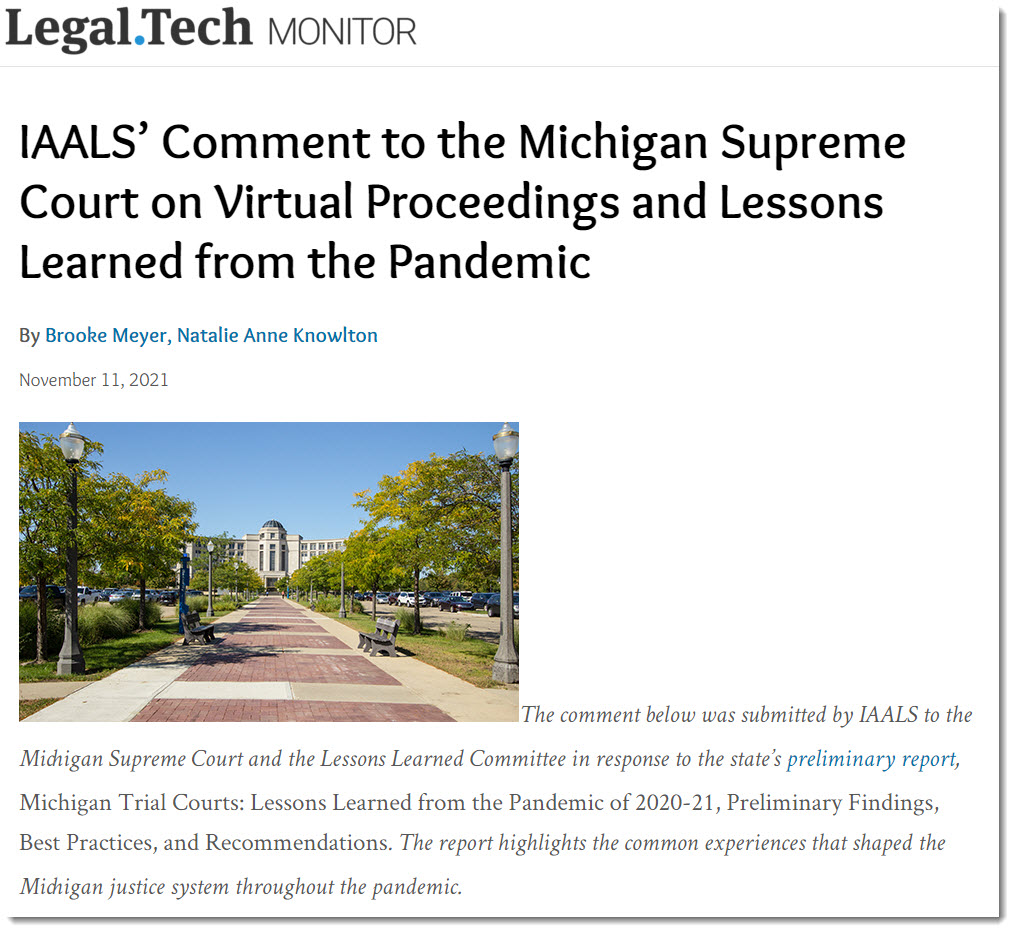Making Your Research Applicable for Mainstream Audiences — from insidehighered.com by Diana Brazzell
Four ways to extend the reach of your scholarly work beyond academe.
Excerpt:
Many academics I work with struggle to make their research applicable for audiences outside academia. They’re doing important, even ground-breaking work, but they aren’t sure how their ideas can make the leap from labs and libraries to newspapers, boardrooms, hospitals and the halls of government.
…
Below are four ways you can make your research applicable to policy, business, public health and people’s everyday lives, along with examples of how some of the academics we collaborate with at Footnote have used these techniques.
From DSC:
Faculty members, doing this could help reduce the backlash that’s been building against higher education. Folks out in society could see how the work that you are doing is relevant to them. For example, your podcasts, Tweets, postings out on LinkedIn, your vidcasts, or your blog postings could be read by students, teachers, administrators or others within the K-12 space. And the topic could peak their interest and curiosity. Who knows, your research may just jump start someone else’s passion in that area or even someone else’s career. But at minimum, it could show that some faculty members are interested in talking to/with a far wider audience than just the peers in their discipline.









